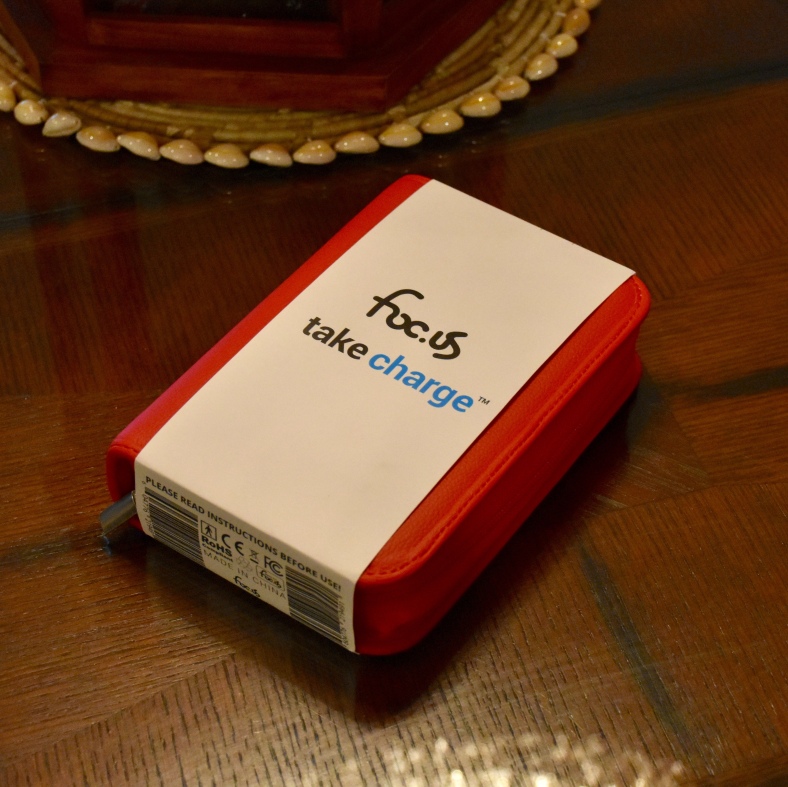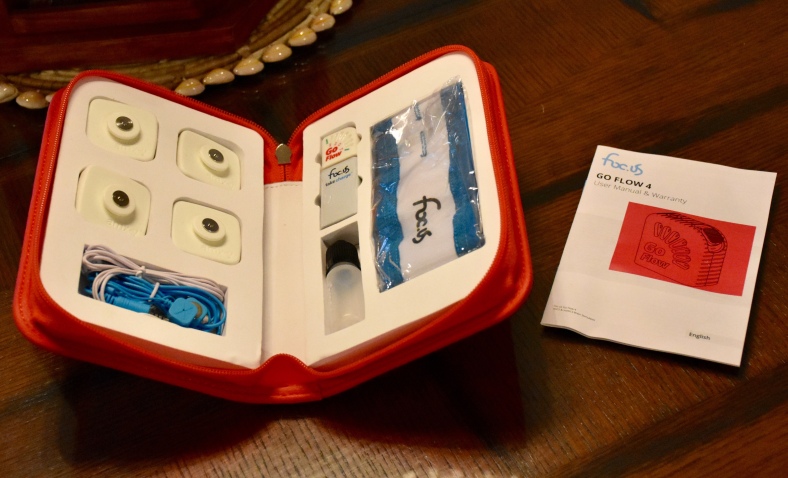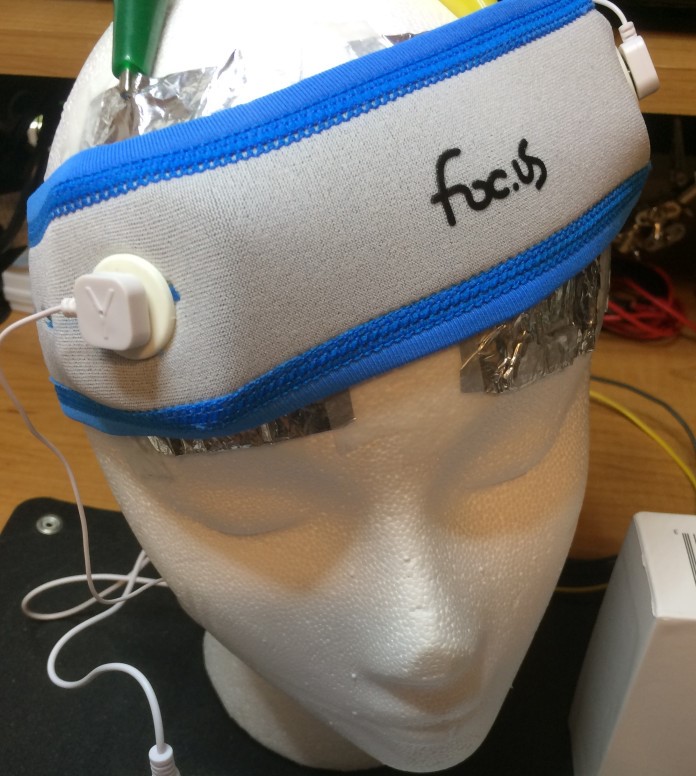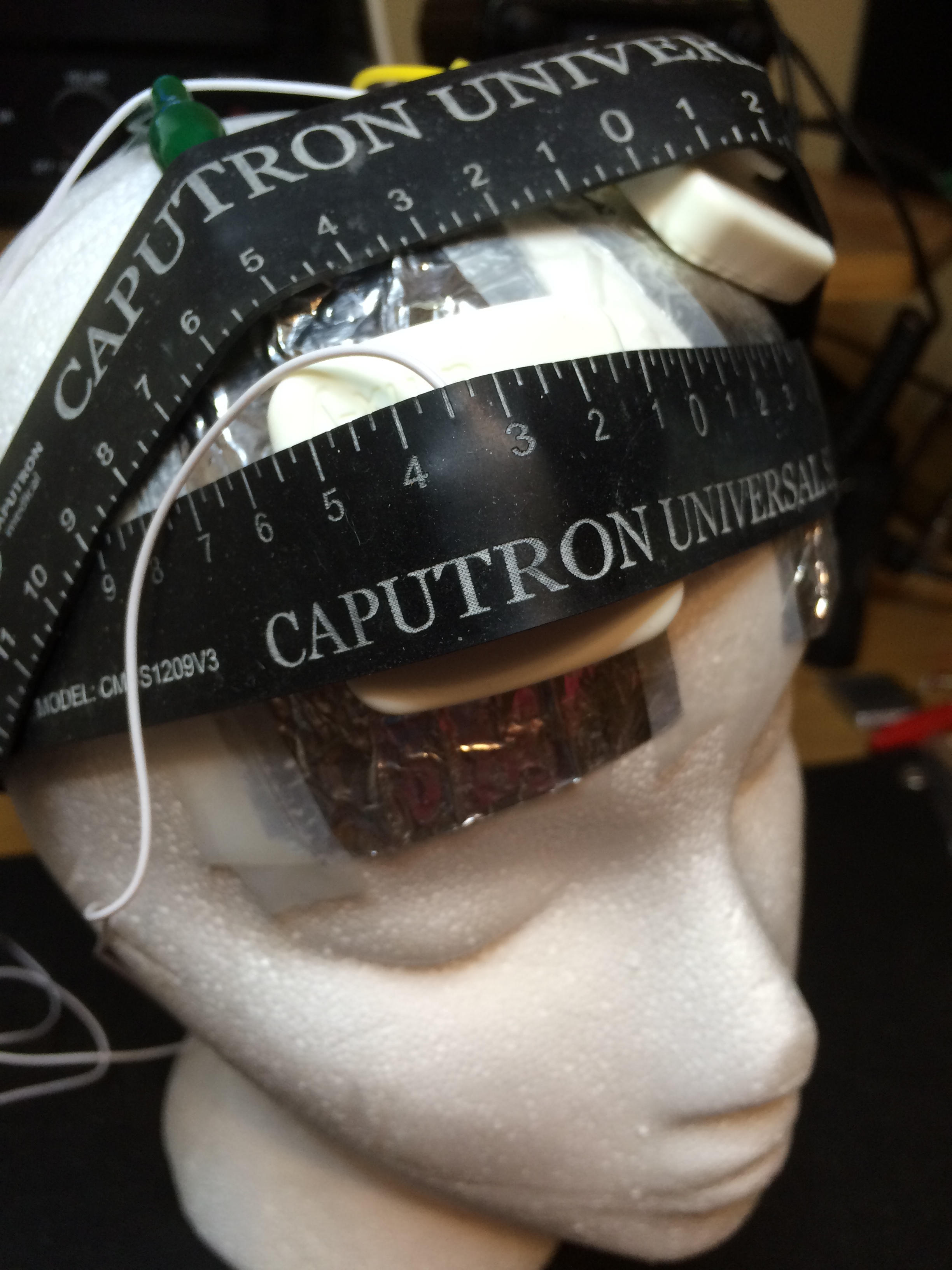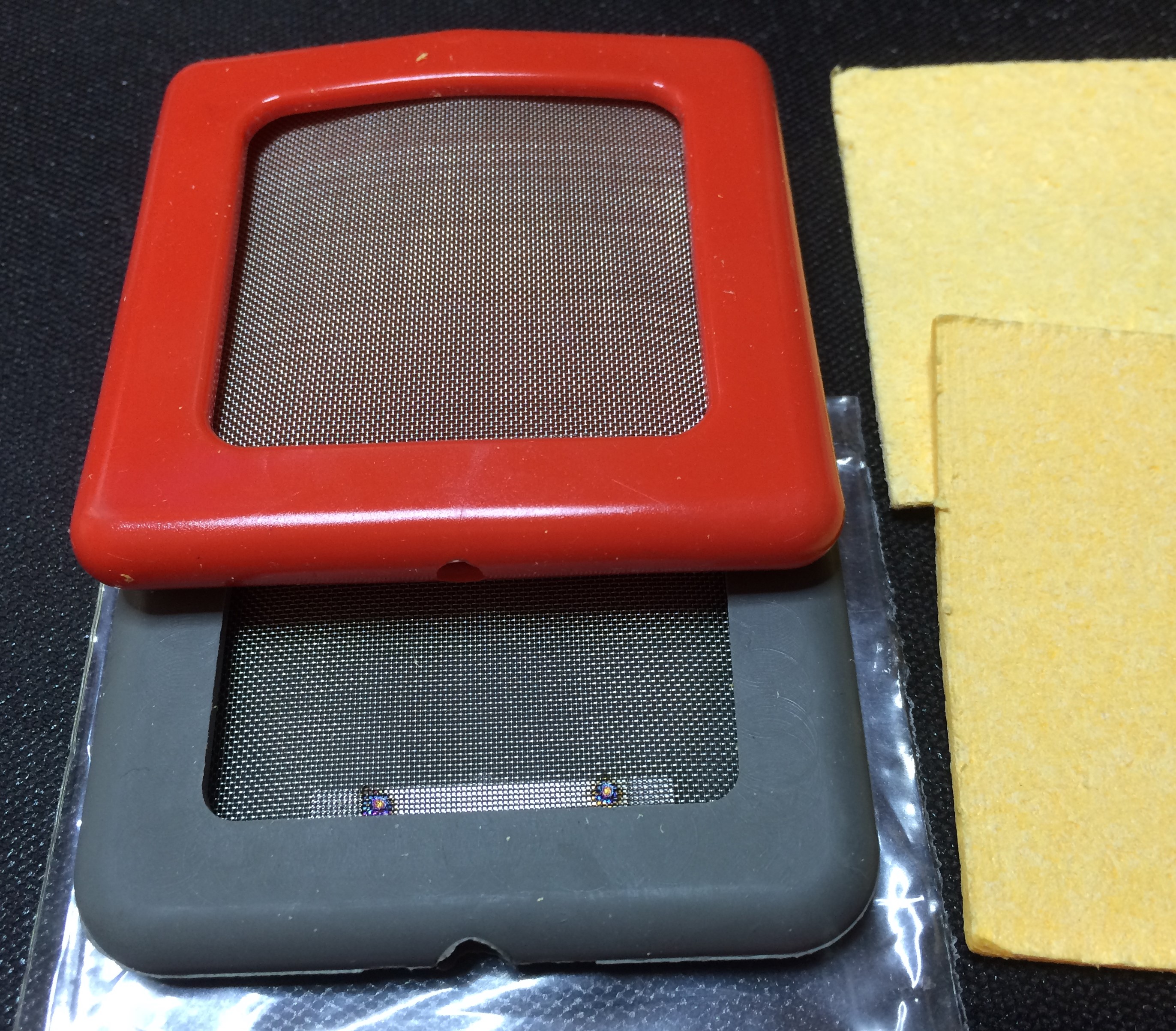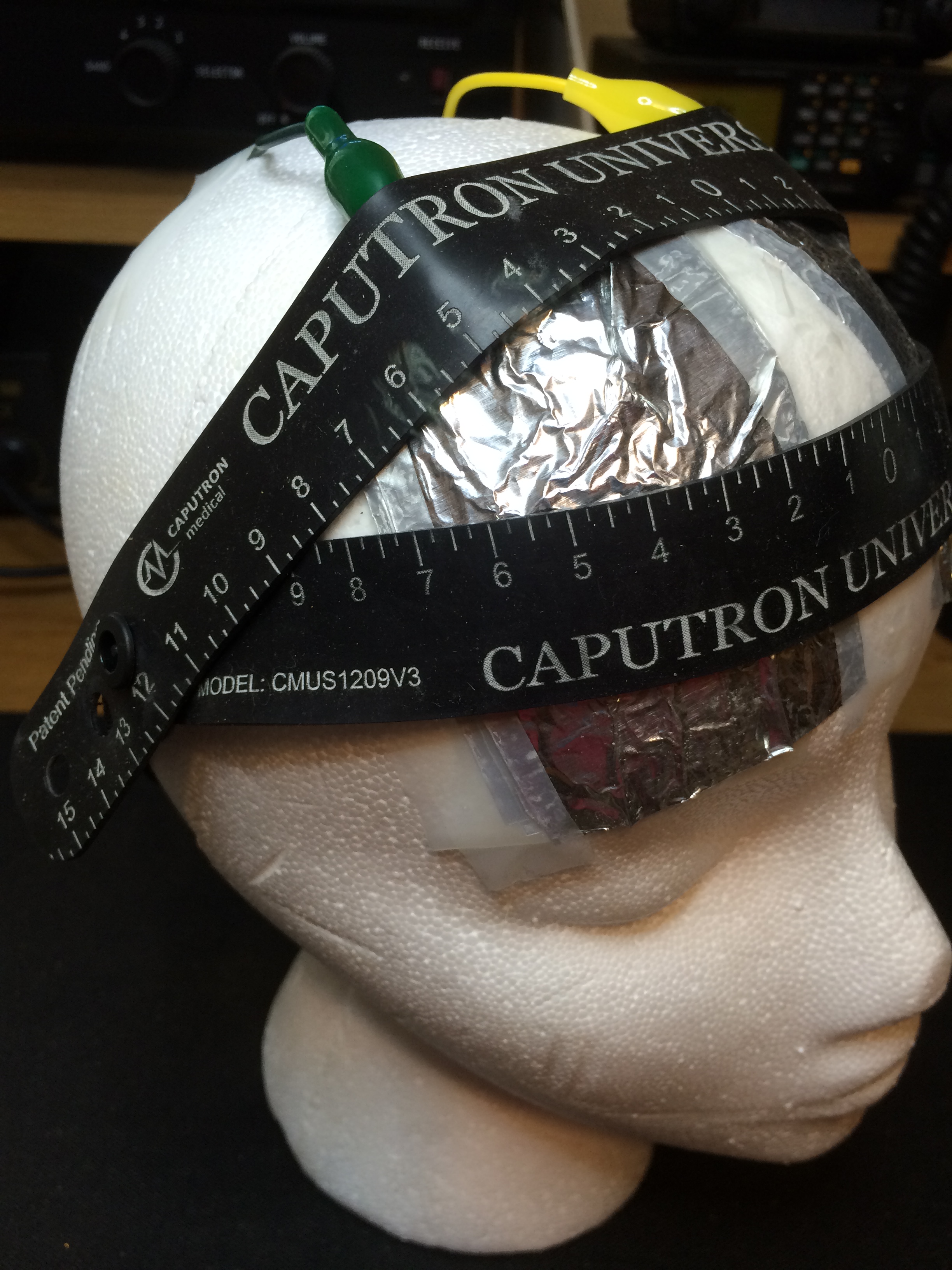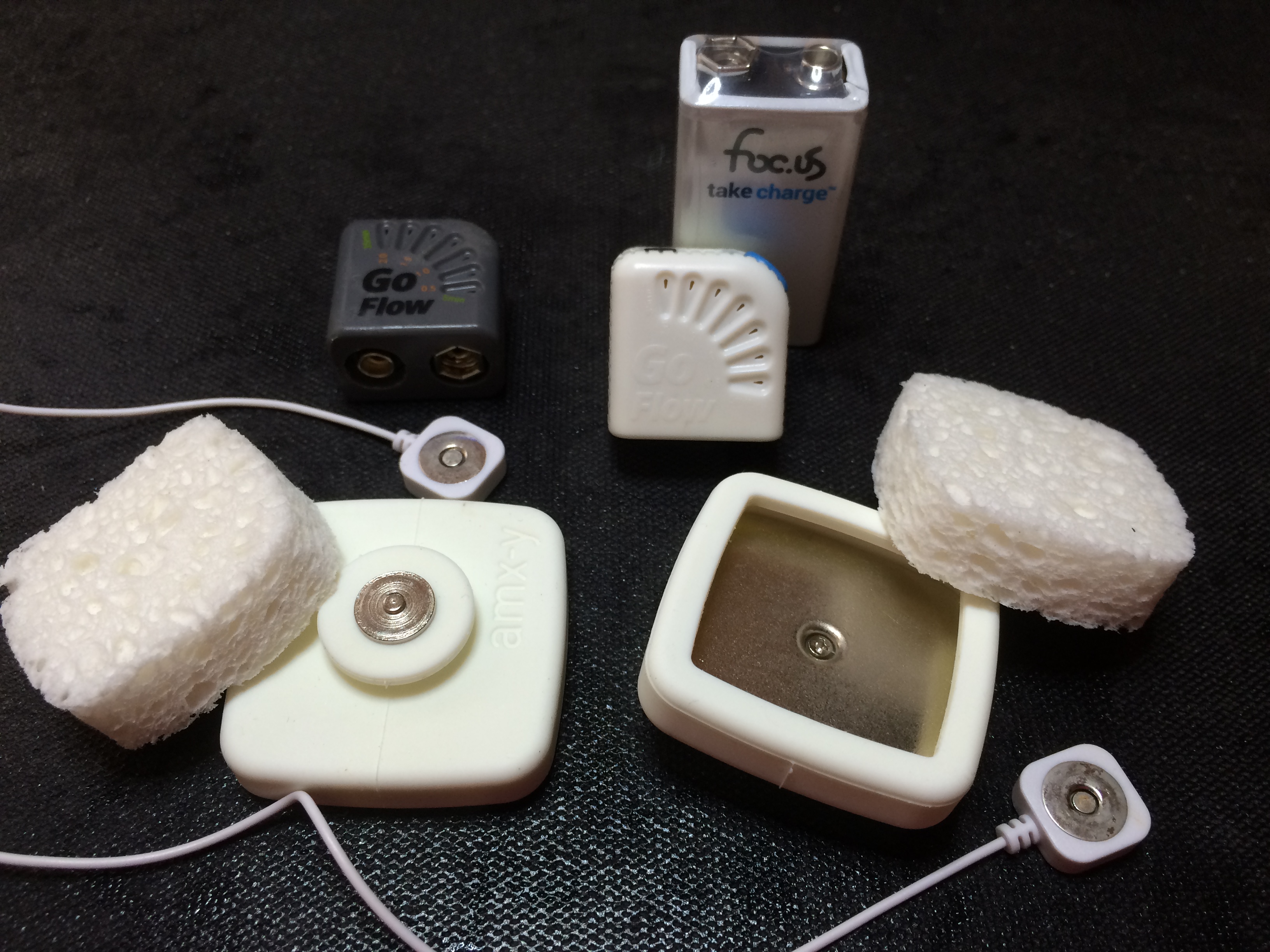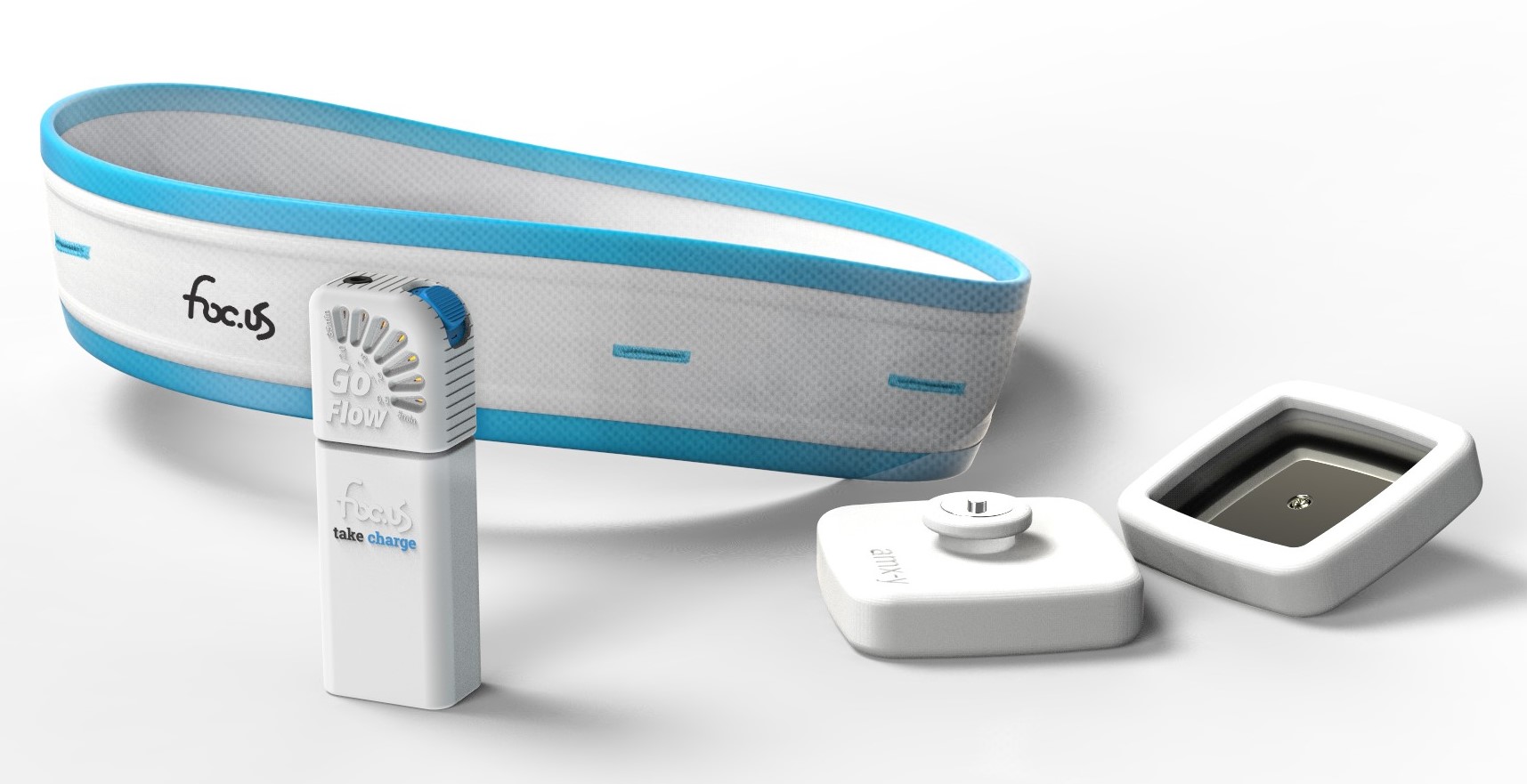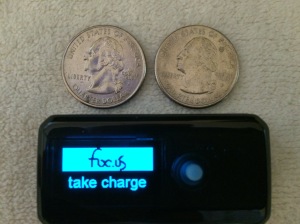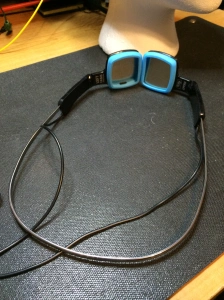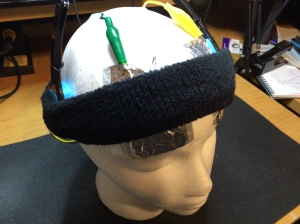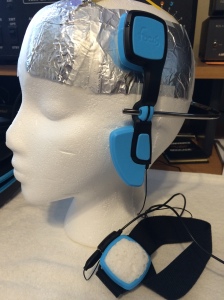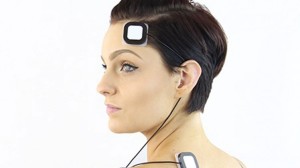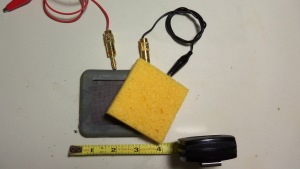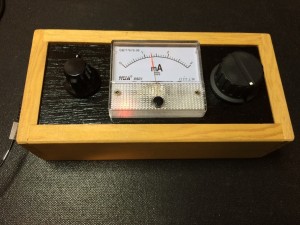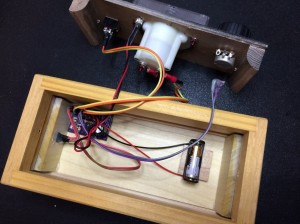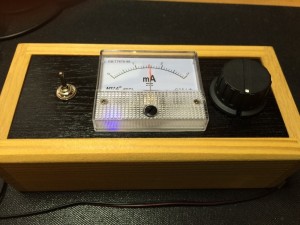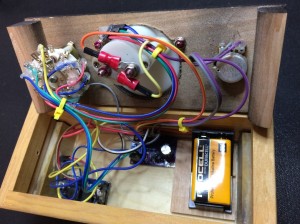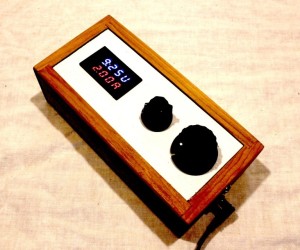Depression is an epidemic on a global scale! Most people experiencing the debilitation it brings are unable or unwilling to get effective treatment – due to cost, embarrassment, lack of availability, or possibly as an effect of their depression. The number of clinicians and treatment methods available pale at the scope of this real “crisis”.
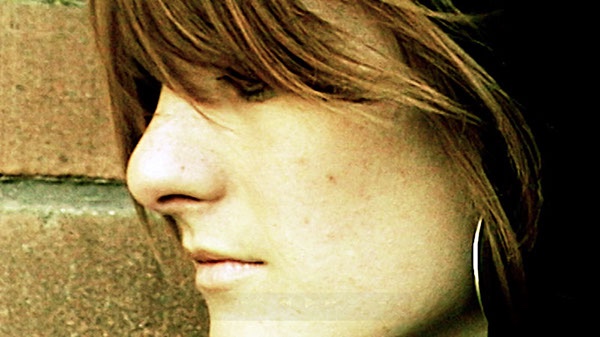
While the numbers vary, it is estimated that 10% or more of the US population suffer with some form of depression – some of which leads to over 40,000 suicides every year (about 800,000 globally!)
Talk therapy and medications are the common treatments used to address depression and can be very effective. However, clinicians and antidepressant medications are not easily available in many locations and medications can come with a steep price-tag and an array of potential side-effects.
Enter tDCS: (transcranial direct current stimulation)
tDCS is a radical new approach to treating depression. It involves applying a tiny current to the scalp, slowly modifying how and when synapses fire in the part of the brain controlling mood. Done correctly and consistently, depression can be put to a happy end by tDCS! (pun intended)
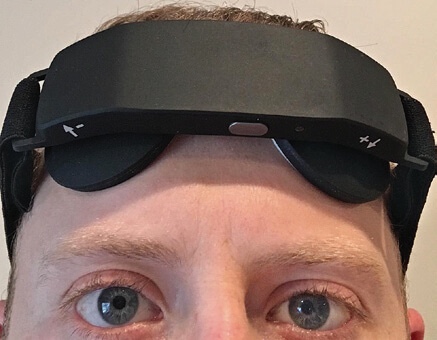
There are now many tDCS devices in the market, sold via mental health professionals and directly to the public. See http://www.caputron.com for a good overview of tDCS hardware and prices. For depression patients, a simple to use, easy to maintain device is essential – consistent use is critical to success with tDCS!
Recently the LIFTiD tDCS headset entered the market – providing a very easy to use and low cost way for people so inclined to treat their depression without medication and with or without the guidance of a clinician (if one is not available.)
Here are suggested steps to proper use of the LIFTiD headset to treat depression.
- Unbox the headset and follow the included directions to charge its internal battery, prepare a bottle of salt/water solution, wet and attach electrode sponges, and fit the headset to your head.
- Place the prepared headset on your head and press and hold its button for two seconds to begin a 20 minute tDCS session.
- When the session is complete, remove the headset, rinse the sponges, and store everything in a convenient location for use the next day.
Now the HARD PART
You must do one 20 minute tDCS session per day at least five days per week – for as few as two weeks and as many as eight in order to achieve relief! tDCS only works if you are consistent and persistent! I know this can be difficult for a depressed person, but it is essential! Use a journal or an accountability partner to help you with this.
The change to your brain happens incrementally and slowly. My experience with depressed persons indicates that several sessions into tDCS use they will suddenly realize they are less and less depressed! A feeling of release comes over them that is hard to describe. For some it happens in the first week of use – for some it takes longer. Everyone is different.
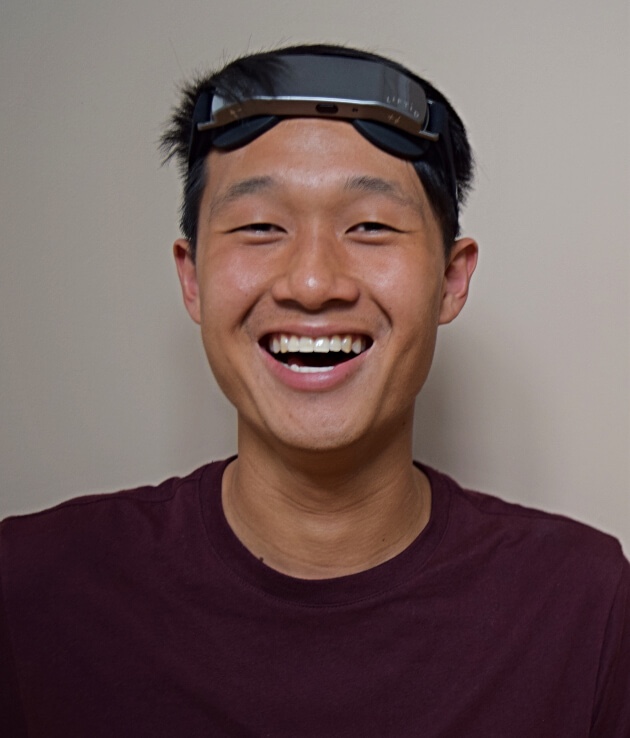
ONGOING Treatment
Once a person has begun the climb from the pit of depression, tDCS treatments can continue as desired. Depressed persons can tell when they are slipping backwards and can simply resume tDCS sessions until better. The nice thing is you own the device and can keep it and use it when you see fit. No expensive prescription drug or terrible side effects!
CAVEATS
tDCS is well researched and has a superb safety track record. But you should be aware of these items:
- If you feel worse during or after a tDCS session, cease using the device. You may need specific guidance or another treatment method as directed by a clinician.
- Some tingling under the electrodes is normal. The LIFTiD headset has large electrodes and a gentle current level so the risk of skin irritation is minimal. Mild redness caused by the tDCS session and the pressure of the headset on your skin is not unusual.
- Do not attempt tDCS if you are prone to seizures or have other excluding factors as listed in the LIFTiD instructions.
- Always involve a medical professional in your treatment plans if at all possible.
If you find that the LIFTiD headset does not work for you, don’t give up! There are many new and exciting methods for treating depression. A variation on tDCS electrode placement may be helpful too. Search the internet and speak to a clinician if possible.
See also my first LIFTiD post: https://speakwisdom.wordpress.com/2019/09/20/gentle-depression-relief-without-drugs/
For more information search the term tDCS or visit one of these websites:
